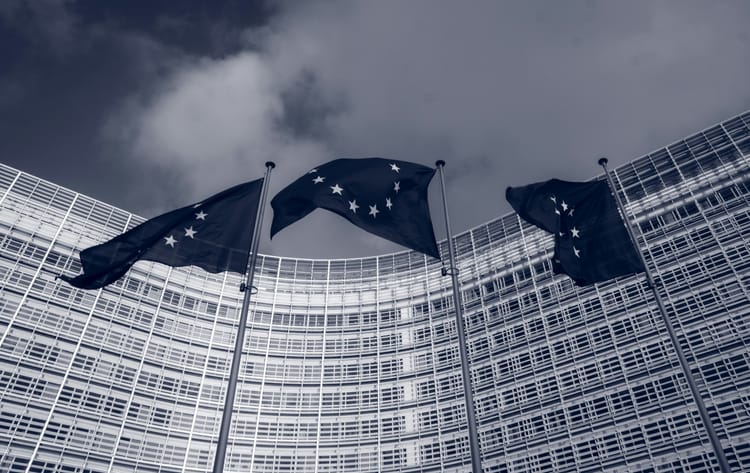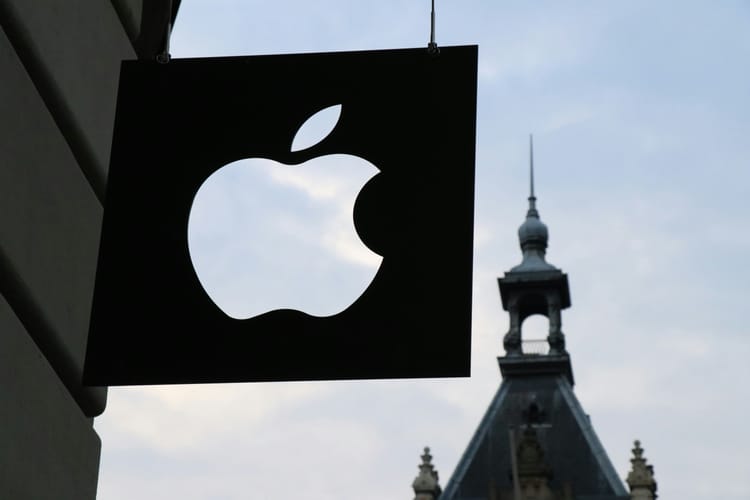Scope 2 energy decarbonisation is changing: here is how corporate sustainability plans will be affected

The GHG Protocol, the world’s most widely used corporate emissions accounting standard, is considering several changes to Scope 2 emissions accounting: if implemented, these could accelerate energy decarbonisation – but also void a number of “100% green electricity” claims.
Already, this type of claim is under scrutiny. Early in 2023, the Advertising Standards Authority of Ireland (ASAI) told the country’s utilities they were no longer allowed to claim to sell “100% renewable energy”. The watchdog upheld complaints that said it was impossible to guarantee 100% green electricity, given that Ireland’s main source of energy remained fossil fuels – renewables made up 50% of the energy mix in 2021.
But the ruling came as a surprise to these companies, since they had been abiding by the EU Renewable Energy Directive’s rules around the use of Guarantees of Origin (GO): by purchasing GOs from renewable projects in other European countries, they could legally claim that their entire energy supply was green.
This episode marked a shift in the public perception of what “100% renewable” really means, and the culmination of an argument that had been brewing for at least a decade on the topic of Scope 2 emissions accounting.
Market-based energy claims and Energy Attribute Certificates
GOs are the European version of Energy Attribute Certificates (EACs), a market-based instrument used across the globe to demonstrate the origin of a megawatt hour of energy produced. They’re called REGOs (Renewable Guarantees of Origin) in the UK and RECs (Renewable Energy Certificates) in the US, but they all work the same way, allowing companies to make claims about their energy supply and to “reduce” their Scope 2 emissions.
EACs have been around since the late 1990s, but their use has grown tremendously in the past two decades, along with greenhouse gas (GHG) accounting and reporting requirements. They were incorporated into the GHG Protocol’s Corporate Standard and accompanying 120-page Scope 2 Guidance, which specifies that companies should practise “dual reporting” of their emissions from electricity, heat, cooling and steam.
In practice, companies following the GHG Protocol must include location-based (average emission intensity of the local grid and on-site or direct-line renewable sources), as well as market-based (contractual instruments such as purchased EACs and power purchase agreements or PPAs) data in their Scope 2 accounting. This guidance also forms the basis for target-setting under the Science-Based Targets Initiative.
GHG Protocol revisions to Scope 2 emissions accounting
This accounting method and the use of market-based instruments like EACs has always been criticised for failing to encourage absolute emissions reductions and potentially allowing companies to make misleading claims about their Scope 2 emissions.
“The reliance on market-based instruments fails to address the need for absolute emissions reduction. To overcome these issues, a comprehensive framework integrating comprehensive data collection, universally accepted methodologies, and a shift towards absolute reduction targets is imperative,” David Sheldrake, SVP of Sales360 at energy consultancy POWWR, told CSO Futures.
Conscious of these issues, the GHG Protocol is now working on a revision of its Scope 2 guidance, to be published in 2025. The organisation ran a survey in early 2023, with the hope of understanding stakeholder expectations for the update. More than 400 respondents gave feedback on the Scope 2 Guidance, with “significant feedback (...) on the usefulness, appropriateness, implementation, and overall results of the dual reporting requirement”.
Some companies asked for dual reporting to be scrapped, though it is not clear whether it was location-based or market-based accounting that had the most support. Others were fine with maintaining dual reporting, but recommended adding more granular time and location criteria “to ensure any emission reductions claimed in a GHG inventory are closely correlated with actual atmospheric GHG emission reductions”.
Annual vs hourly time matching
In most cases, companies match their EACs to their annual energy consumption. This is the number one method for sourcing renewable energy among the 393 members of RE100, a global corporate renewable energy initiative, who together bought 73 Terawatt-hours (TWh) of so-called “unbundled EACs” in 2021.
A truly green energy supply would require companies to practise demand response, that is shifting production to times when wind or solar power are abundant, while reducing it when these resources are scarce. But annual matching of energy certificates doesn’t reflect the wide variability of renewable energy generation according to seasons and times of day, and therefore does not incentivise companies to move in that direction.
It also fails to direct funds towards the development of energy storage technologies, which will be necessary if we are to achieve a decarbonised energy supply 24/7.
To remedy these issues and strengthen their “100% renewables” claims, certain companies are already attempting to “time-match” their energy certificates. Google is trialling T-EACs (Time-based Energy Attribute Certificates) to power data centres in the US and Denmark, while Ikea is running a pilot linking five wind farms in Finland to 14 stores and warehouses in The Netherlands to document consumption of renewable energy on an hourly basis.
Time and location-matching of energy certificates are some of the amendments considered by the GHG Protocol – but also by regulators. If adopted, it will essentially void claims that companies are using 100% renewable energy when these are based on annually-matched EAC purchases.
Lack of available data
According to Sheldrake, companies should begin collecting and organising data on their emissions sources in preparation for the upcoming changes: “By taking these actions now, companies can ensure a smooth transition and demonstrate their commitment to transparent and effective emissions management,” he told CSO Futures.
But once again, the lack of reliable data from electricity grids and providers could hinder sustainability progress.
According to a carbon accounting professional who preferred not to be named, these amendments to Scope 2 reporting may be too idealistic: “I worry that they don't take into account the lack of available data to calculate CO2 emissions. Scope 2 in its current form is already difficult enough, and the way we do it now is probably the best we can do. Don't get me wrong, we are doing a good job. But it's still not that accurate,” they said.
Time-stamping renewable energy certificates and adding hourly data to grid emissions factors may be steps in the right direction, but they won’t be enough to guarantee the accuracy of Scope 2 reporting.
The anonymous source added: “Let's say that every utility made their emissions data public. In the US alone, there's about 2,000 different electric utilities. Every time we get a customer, they tell us who their utility is and we have to go and find that data for each one. And then, if you have a Japanese customer, you have to do the same while navigating Japanese language. It's just not administratively possible for us to do that without a single source of truth: a centralised database for that timestamp data to say, ‘this is the emissions rate at this hour’. And I'm not sure if the timestamp will do it.”







Member discussion